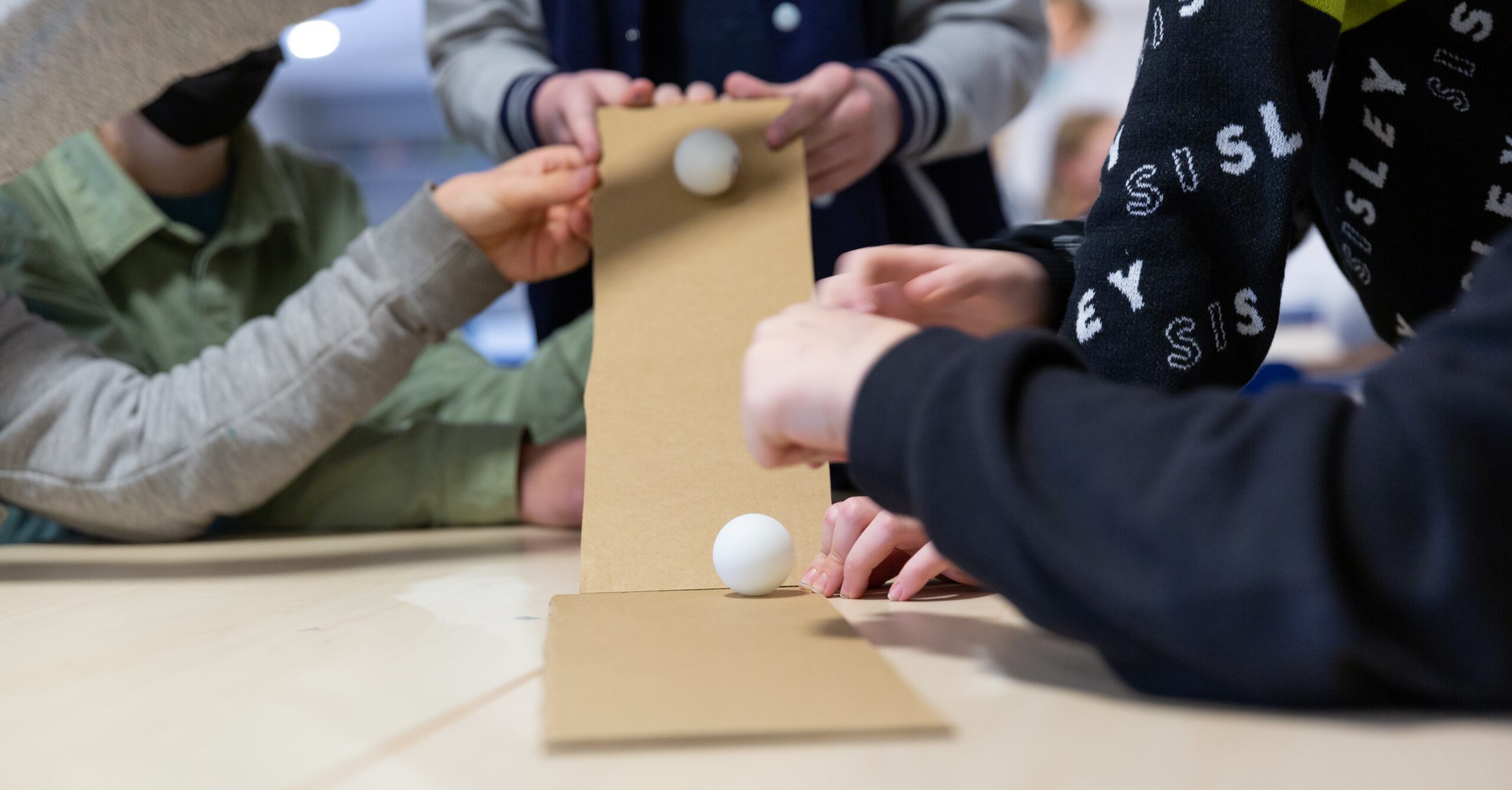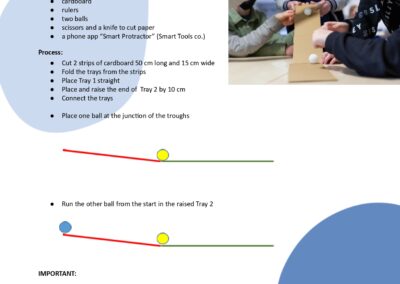Intellectual output
Available at:
Registration is required to access learning content. This process takes less than a minute and the user account is created instantly. Registration is free-of-charge.
Languages:
English, Lithuanian, Romanian, Estonian
The learners’ audience:
elementary pupils (grades 5-8) and secondary pupils (grades 9-12), both beginner and advanced users of the technological tools used in the methodology
Think Inside the Box methodology focuses on a 3-day technological event that arouses interest and provides skill development in a short time. Teams of pupils create models of Rube Goldberg machine inside a given box, building and programming with their preferred tools.
This has inspired the thought-provoking title for the methodology and the project itself, with the intention to draw attention, but also perfectly represent the proposed activity.
We target our intellectual output at teachers who are motivated to improve their skills, but lack concrete tools and methodologies for implementing STEAM activities. It is most likely that these teachers will come from IT, mathematics, engineering, technologies, physics and similar subjects.
In order to increase the acquisition of contemporary skills, such as communication, collaboration and critical thinking, and raise student engagement in science and technology, innovative pedagogical approaches are employed, such as Design Thinking, Engineering method, Inquiry-Based Science Education (IBSE) and Project- and Problem-based Learning (PBL).


The methodological toolkit comprises:
Methodological guidelines provided as an online publication (also downloadable)
Lesson materials available on a Moodle-based learning platform play.gaminu.eu
Research tools and reports from all partner countries
Educational video materials from the testing phase available on a Youtube channel
Methodological toolkit includes:
- Methodological guidelines for both of the hackathons, outlining the event scenario and giving concise methodological guidance about the application of student-centered methods, well illustrated and providing multiple recommendations and good practices from the piloting,
- Slide presentations to be in the classroom used during the activity,
- Teachers’ books for better preparation for the activity,
- List of needed equipment and materials,
- Downloadable files (codes, instructions, working files, templates, etc.),
- A gallery of students’ projects,
- Supplementary materials to expand the students projects (please see a detailed list attached to the report),
- Research tools and reports from the internal and external piloting,
- Educational videos available at the project’s channel www.youtube.com/@titb.
The innovativeness of the toolkit relies on the variety of methods and implementation of student-centered pedagogy in which students learn about subjects by solving open-ended projects collaboratively.
The tasks that teachers guide and encourage are diagnosing problems, conducting experiments, distinguishing alternatives, searching for information, constructing models, debating with peers, and forming coherent arguments.
Teachers act as mentors rather than instructors.
IMPACT
According to the results of the research carried out during the external piloting, for the Lithuanian students, the most important skills developed during the activity were searching for the answers and planning the steps toward the solutions. For the Romanian students, the most important skills developed were solving the problems and working with the team. For the Estonian students, it was problem solving, planning the steps to find the solution, and using their creativity.
TOP 5 competencies most significantly formed and/or developed during the activity among the students, based on the evaluation of the teachers: collaboration (4,8), creativity (4,7), learning through collaboration (4,7), applying knowledge of Physics, Mathematics, Engineering, Electronics, etc. (4,7) and initiative (4,6).
The external teachers indicated a significant competence development of their own in the application of Design Thinking, Engineering and Problem-Based Learning with an average rate of 4,5 (out of 5) for each of these methods. They have also significantly improved their skills in the technological tools used in the project: micro:bit and block programming (4,1, or significantly), 3D printer possibilities (4), 3D modelling with SolidWorks and slicing with Cura (3,5 – between moderately and significantly).










